Fascinating story of how Sheffield railway station came to be
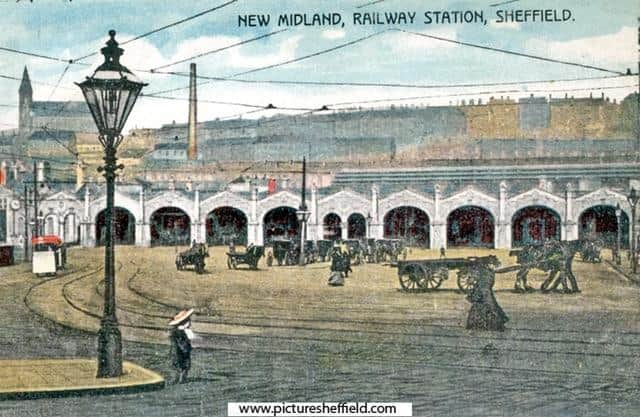

The Sheffield and Rotherham railway (later known as Midland) reached Sheffield in 1838 (at the Wicker) relatively early in the railway age, followed by the Manchester, Sheffield and Lincoln in 1849, but services to London and Midlands were considered highly unsatisfactory.
Passengers using Wicker Station had to share with animals on their way to the nearby markets , whilst trains from Sheffield Victoria to London took a circuitous route via Rotherham.
Advertisement
Hide AdAdvertisement
Hide AdIt was alleged that it cost as much to send a wagon of steel to Birmingham as it did to New York!
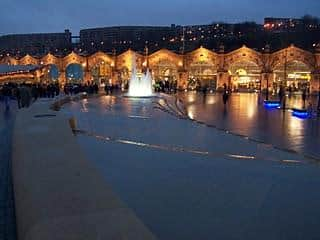

Throughout the 1850s and early 1860s various proposed lines connecting to London were pitched without result , and local pressure built.
But the Midland Railway , based in Derby, were focussed on a better route to Manchester and finishing their magnificent London terminus at St Pancras (see what I mean about things sounding familiar ?).
Finally in 1862 the Midland got round to presenting plans to the Corporation for a new line from Chesterfield to Sheffield at a large meeting chaired by the Mayor, Alderman John Brown, the renowned steel baron.
Advertisement
Hide AdAdvertisement
Hide AdThe plans were enthusiastically welcomed but progress thereafter was again too slow for councillors.In 1863 an exasperated Alderman Brown and the Corporation supported a rival proposal - the newly minted ‘Sheffield, Bakewell, Ashbourne, Stafford and Uttoxeter Junction Railway’ a name too cumbersome even for its own supporters, and soon shortened to ‘Sheffield and Staffordshire’.
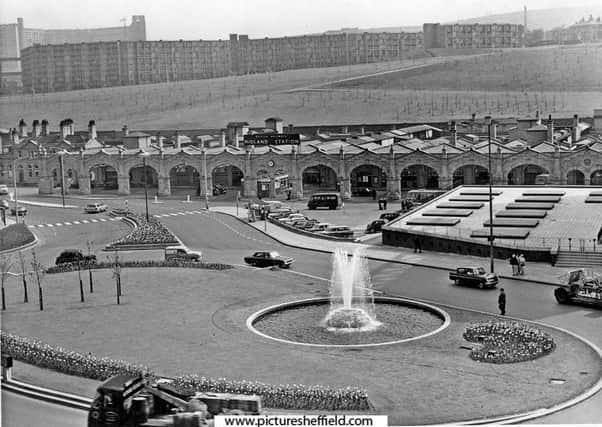

Whether this was ever a serious contender or just a device to pressure the Midland is moot, although its main Sheffield station would have been at Townhead Street much closer to the town centre- perhaps a better choice.
If it was just a political device, it certainly worked.
The two proposals sparked hot debate in the town but when presented to Parliament in 1864 the S.C&SR case collapsed because it could not evidence sufficient funding and the Midland proposal won.
Construction commenced in 1865.
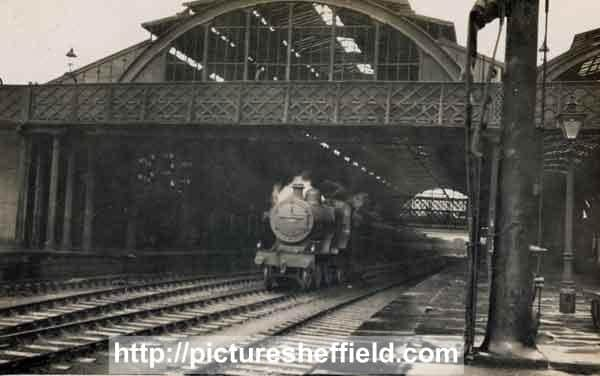

In Sheffield the station and its attendant sidings required culverting over a mile of the Sheaf and a part of the Porter
Advertisement
Hide AdAdvertisement
Hide AdFar from provoking concern about the obliteration of the river which had given its name to Sheffield, the culverting was enthusiastically welcomed in the local press at the time.
Indeed letters and editorials had been pleading for something to be done about the noxious river since the cholera epidemic of 1832 and the area of the Ponds, where the new station was to be built, was considered the worst slum district of all, prone to flooding, outbreaks of malaria and notorious for crime and poverty.
So it was ‘good riddance’ to the Sheaf for the next 150 years.
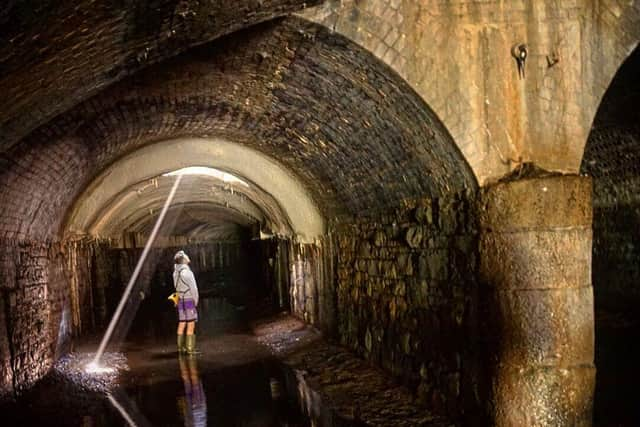

The stone-built triple tunnels are admittedly an extraordinary engineering structure, withstanding the battering of the rivers below and the endless train traffic above.
Advertisement
Hide AdAdvertisement
Hide AdBut culverts now present a major barrier to restoring bio-diversity to the rivers as well as increasing the risk of flooding if they become blocked. The Station isn’t moving for the foreseeable future but letting more light into the darkness and removing obstacles to wildlife such as the three weirs under there could help.
Typical of Sheffield, the New Midland Station finally opened on 1st February 1870 with absolutely no celebration or ceremony.
Indeed even some passengers on the first trains seemed unaware of their new destination, ‘emerging from the station with a dazed look, expecting to find themselves on the Wicker’ !
The Midland was enlarged in 1905 when a new Platform 1 and front were added, leaving the old station marooned on Platform 2.
Advertisement
Hide AdAdvertisement
Hide AdSo despite its relative remoteness and awkward location, squeezed between a major road and a cliff, Midland Station has continued to serve the city, especially after its older and in some ways rather grander rival Victoria closed in 1971 (though strong arguments remain for its revival) .


From the 1960s construction of the Inner Ring Road along Sheaf St further disconnected the Midland from the main centre, forcing visitors on foot into a maze of uninviting subways and roundabouts, but in 2004-6 the station underwent a transformation inside and out which saw a new station foyer and subways and roundabout replaced by Sheaf Square and the huge Cutting Edge water sculpture.This is surely one of the most striking station arrivals in the UK (so please could we have the fountains back on now?)
The repeated cancellation of Midland Line electrification, the on/off saga of HS2 and fleeting plans for swapping the tram and inner ring road or of reopening Victoria all do have worrying echoes of the 1850s. Maybe its time someone in the Council or City Region channelled the fighting spirit of Mayor Alderman John Brown on this issue?